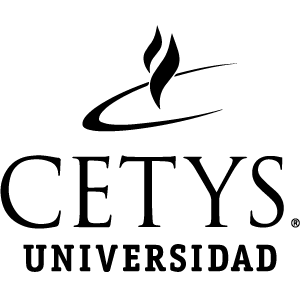https://repositorio.cetys.mx/handle/60000/1784| Campo DC | Valor | Lengua/Idioma |
|---|---|---|
| dc.contributor.author | Y. Su, Frances | - |
| dc.contributor.author | Pang, Siyuan | - |
| dc.contributor.author | Tracy Ling, Yik Tung | - |
| dc.contributor.author | Shyu, Peter | - |
| dc.contributor.author | Novitskaya, Ekaterina | - |
| dc.contributor.author | Seo, Kyungah | - |
| dc.contributor.author | Lamberrt, Sofia | - |
| dc.date.accessioned | 2024-03-06T19:18:30Z | - |
| dc.date.available | 2024-03-06T19:18:30Z | - |
| dc.date.issued | 2018-11 | - |
| dc.identifier.uri | https://repositorio.cetys.mx/handle/60000/1784 | - |
| dc.description.abstract | Bone is a biological composite material having collagen and mineral as its main constituents. In order to better understand the arrangement of the mineral phase in bone, porcine cortical bone was deproteinized using different chemical treatments. This study aims to determine the best method to remove the protein constituent while preserving the mineral component. Chemicals used were H2O2, NaOCl, NaOH, and KOH, and the efficacy of deproteinization treatments was determined by thermogravimetric analysis and Raman spectroscopy. The structure of the residual mineral parts was examined using scanning electron microscopy. X-ray diffraction was used to confirm that the mineral component was not altered by the chemical treatments. NaOCl was found to be the most effective method for deproteinization and the mineral phase was self-standing, supporting the hypothesis that bone is an interpenetrating composite. Thermogravimetric analyses and Raman spectroscopy results showed the preservation of mineral crystallinity and presence of residual organic material after all chemical treatments. A defatting step, which has not previously been used in conjunction with deproteinization to isolate the mineral phase, was also used. Finally, Raman spectroscopy demonstrated that the inclusion of a defatting procedure resulted in the removal of some but not all residual protein in the bone. | es_ES |
| dc.description.sponsorship | PubLMed | es_ES |
| dc.language.iso | en_US | es_ES |
| dc.relation.ispartofseries | vol. 103;núm. 5 | - |
| dc.rights | Atribución-NoComercial-CompartirIgual 2.5 México | * |
| dc.rights.uri | http://creativecommons.org/licenses/by-nc-sa/2.5/mx/ | * |
| dc.subject | Cortical bone | es_ES |
| dc.subject | Deproteinization | es_ES |
| dc.subject | Raman spectroscopy | es_ES |
| dc.subject | Scanning electron microscopy | es_ES |
| dc.subject | Thermogravimetric analysis | es_ES |
| dc.title | Deproteinization of cortical bone: effects of different treatments | es_ES |
| dc.title.alternative | Calcif Tissue Int. | es_ES |
| dc.type | Article | es_ES |
| dc.description.url | https://pubmed.ncbi.nlm.nih.gov/30022228/#full-view-affiliation-9 | es_ES |
| dc.format.page | 554-566 | es_ES |
| dc.identifier.doi | doi: 10.1007/s00223-018-0453-x | - |
| dc.identifier.indexacion | Scopus | es_ES |
| dc.subject.sede | Campus Mexicali | es_ES |
| Aparece en las colecciones: | Artículos de Revistas | |
Este ítem está protegido por copyright original |
Este ítem está sujeto a una licencia Creative Commons Licencia Creative Commons


